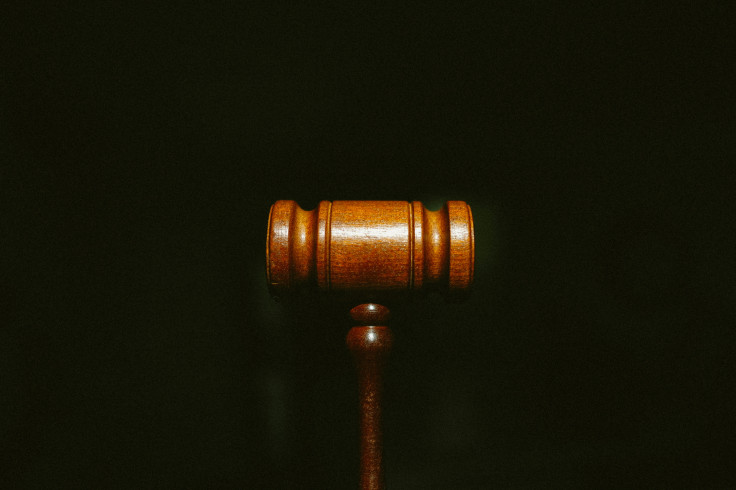Trump's Cashless Bail Executive Order Explained: What It Is and Why It Matters
Studies show mixed results as Trump moves to curb bail reforms

Cashless bail has once again erupted as a political flashpoint in the United States after President Donald Trump signed two executive orders aimed at restricting the practice.
The orders, announced on Monday, target Washington, D.C. and other jurisdictions that have scrapped monetary bail. The move has reignited fierce arguments over whether cashless bail promotes fairness or endangers public safety.
What Is Cashless Bail?
Cashless bail allows defendants to be released before trial without posting money. Judges instead use risk assessments to decide whether an individual is likely to return to court and whether they pose a threat to the community.
It is not a blanket release. Violent crimes such as murder and aggravated assault are typically excluded, and judges can still deny release.
Washington, D.C. has operated a form of cashless bail since 1992. In September 2023, Illinois became the first state to abolish cash bail statewide under its SAFE-T Act. States including New Jersey, New Mexico and parts of New York have also adopted similar reforms.
Where It Exists Now
Illinois' SAFE-T Act has shown declines in violent and property crime. In Washington, D.C., 87% of defendants appeared in court and 89% were not rearrested, with no new violent crime arrests.
New Jersey and New Mexico report similar results, with risk-based assessments guiding judicial discretion.
What Trump's Orders Do
Trump's orders represent the most aggressive federal intervention yet into local criminal justice policy.
According to AP News, the first order targets Washington, D.C., directing federal prosecutors to charge more suspects under federal statutes to bypass local bail reforms. It also expands the use of the National Guard in the capital, with Trump calling bail reform an 'imminent threat to community safety.'
The second order applies nationwide, instructing Attorney General Pam Bondi to identify jurisdictions that have 'substantially eliminated cash bail' and recommend which federal funding streams could be cut. Bondi has 30 days to deliver her findings.
🚨 BREAKING: President Trump just signed an executive order WITHHOLDING federal funding for states and cities using cashless bail
— Nick Sortor (@nicksortor) August 25, 2025
"Cashless bail... that was when the big crime in this country started"
"They KlLL people and they get out. Cashless bail. They thought it was… pic.twitter.com/14vKFGMTOI
Supporters Say It Improves Fairness
Advocates insist cashless bail makes justice fairer by ensuring wealth does not determine freedom.
A 2024 Loyola University Chicago report found no crime increase after Illinois abolished bail, with some categories of crime declining. A Brennan Center study covering 33 cities also found no statistical link between bail reform and rising crime.
Critics Say It Puts Communities at Risk
Opponents argue the system leaves communities vulnerable. In Yolo County, California, the district attorney reported significantly higher reoffending among those freed under zero-bail policies, including a sharp rise in violent crimes.
However, independent reviews note the Yolo findings are disputed, and outcomes vary widely depending on how reforms are designed and enforced.
Fact-Check: Where the Truth Lies
Despite claims from critics, cashless bail is not automatic release. Most jurisdictions exclude serious offences, and judges still have discretion to detain defendants.
The data remains mixed: Illinois and Washington, D.C. show no rise in crime, while California's Yolo County recorded higher offences. What is clear is that the impact of reform depends heavily on local implementation.
© Copyright IBTimes 2025. All rights reserved.





















